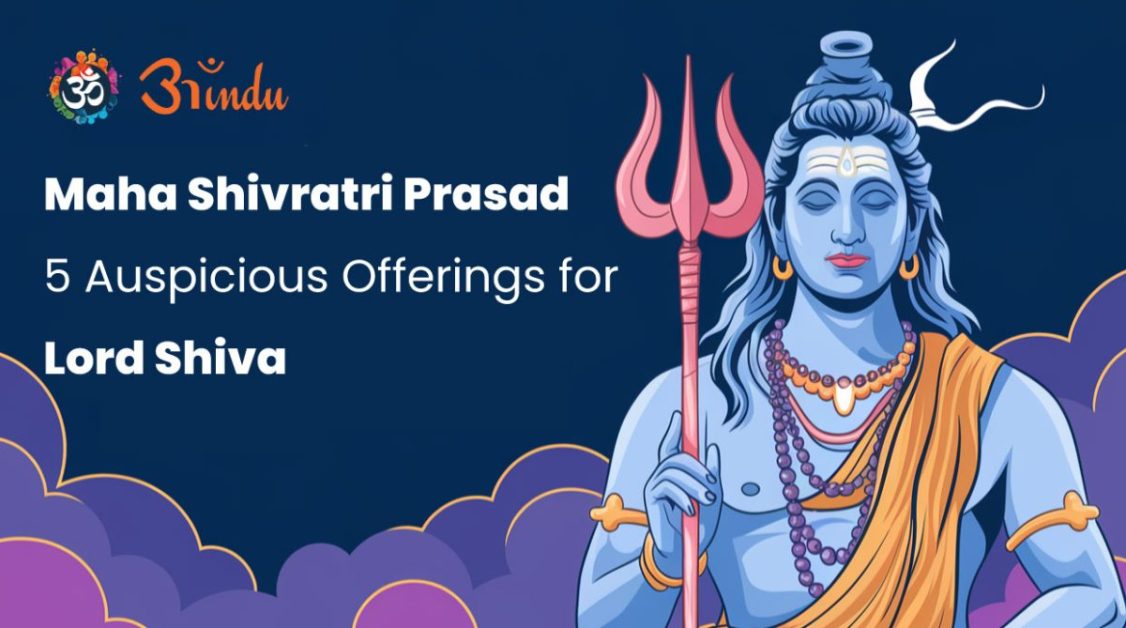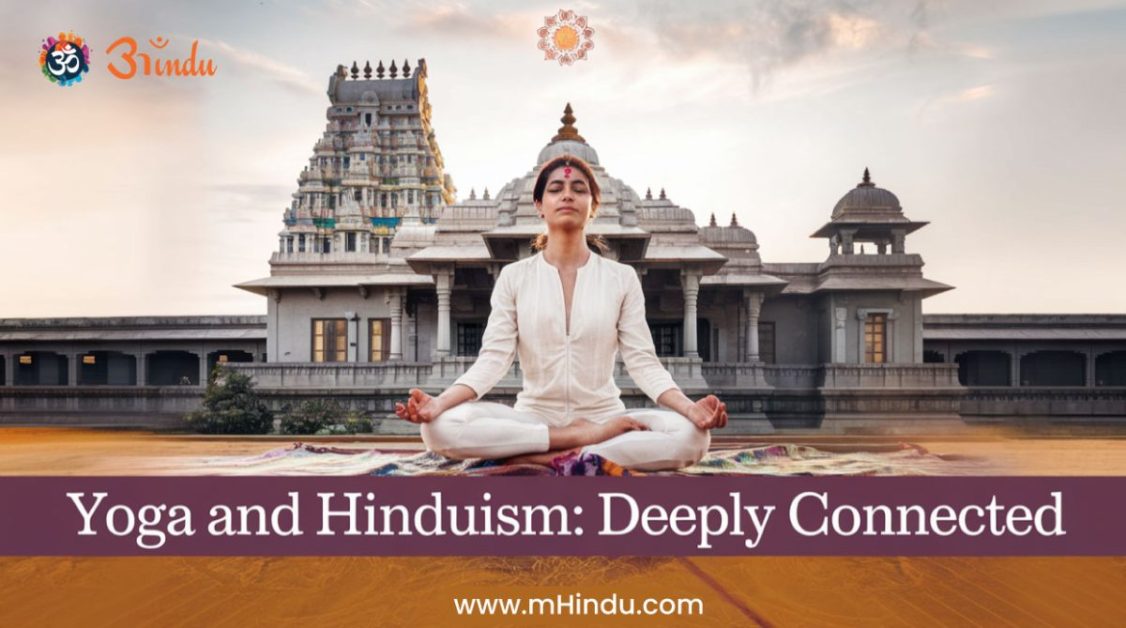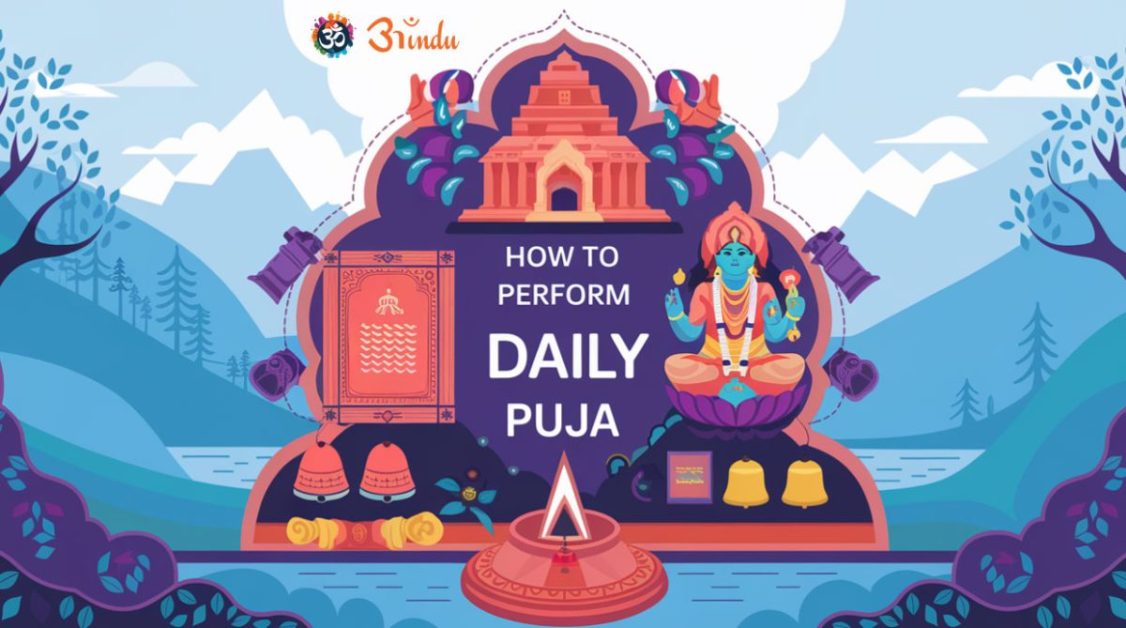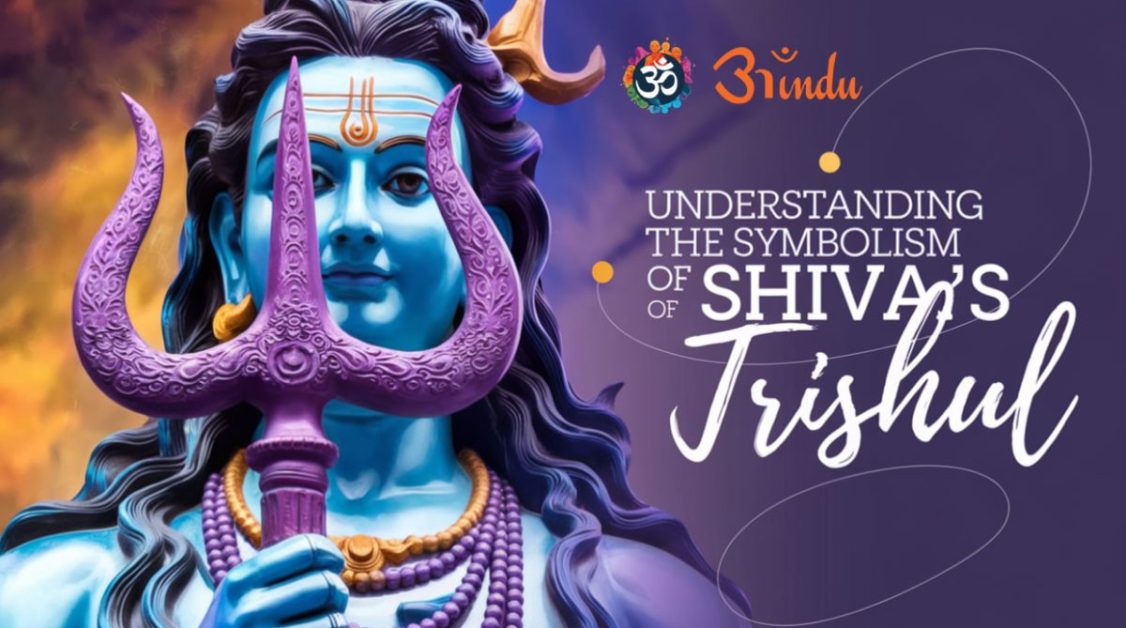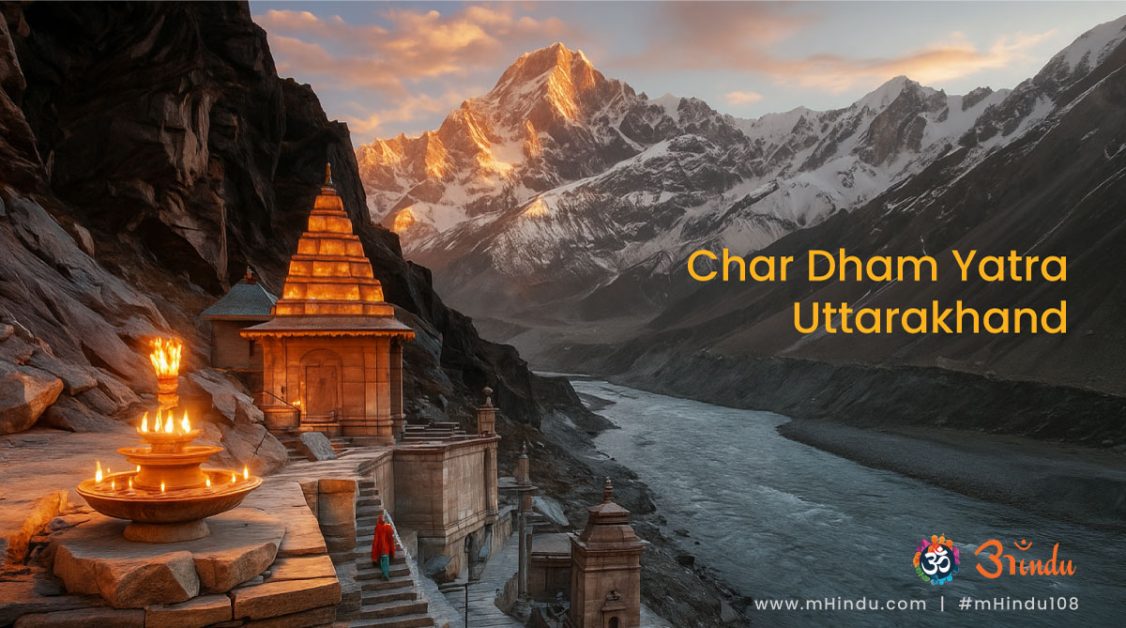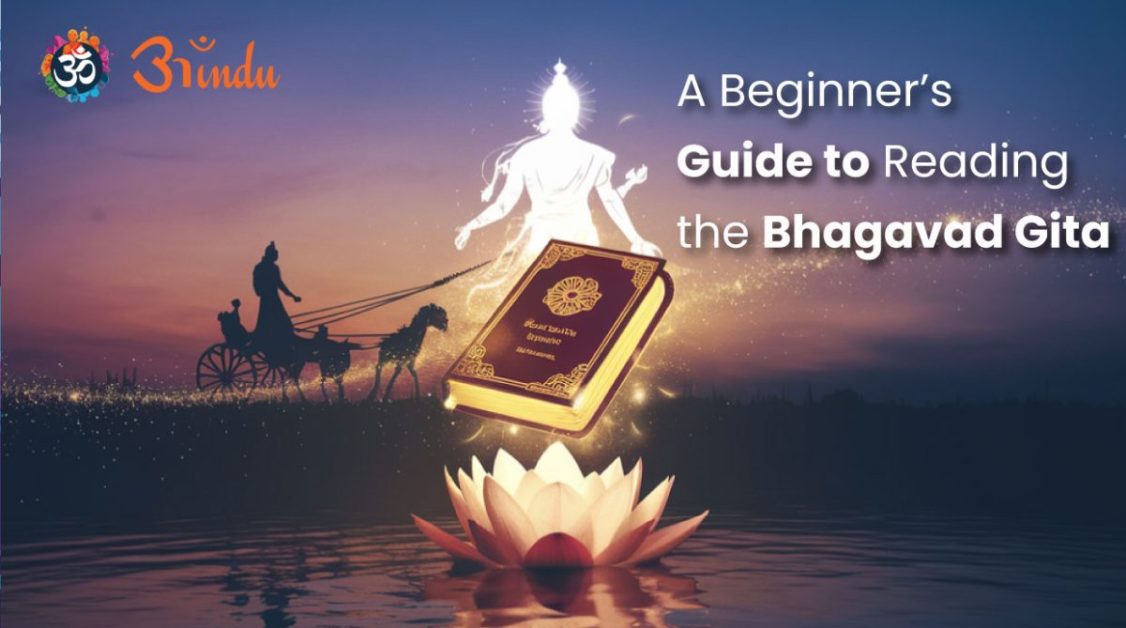
The Bhagavad Gita, often referred to as simply “the Gita,” is a 700-verse Hindu scripture that forms part of the epic Mahabharata. While embedded within a larger narrative, the Gita stands alone as a profound philosophical and spiritual text, revered for its timeless wisdom. It’s a conversation between Prince Arjuna and his charioteer and guide, Lord Krishna, on the battlefield of Kurukshetra. As Arjuna faces the devastating prospect of fighting his own family, he grapples with questions of duty, morality, and the meaning of life. Krishna’s answers, delivered with compassion and insight, form the core of the Gita’s teachings. This guide aims to make this complex and beautiful text accessible to beginners, offering a roadmap for understanding its key themes and navigating its verses.
Explore Blog Content
Toggle
"The mind is restless and difficult to control, but by practice and detachment it can be mastered."Bhagavad Gita
Why Read the Bhagavad Gita?
The Gita’s enduring appeal lies in its universality. It doesn’t confine itself to a specific dogma or historical context. Instead, it explores fundamental human dilemmas that resonate across cultures and time periods. Whether you’re facing a major life decision, struggling with your purpose, or simply seeking a deeper understanding of yourself and the world, the Gita offers guidance. It delves into the nature of reality, the importance of dharma (righteous duty), the path to moksha (liberation), and the power of karma (action and its consequences). It’s a practical guide to living a more meaningful and fulfilling life, regardless of your background or beliefs.
Understanding the Context: The Mahabharata
The Gita is set against the backdrop of the Mahabharata, a sprawling epic that narrates the dynastic struggle between the Pandavas and the Kauravas. Understanding the basic storyline can be helpful. The Pandavas, led by the righteous Yudhishthira, are rightful heirs to the throne, but the Kauravas, driven by greed and jealousy, usurp their claim. The resulting war, the battle of Kurukshetra, is a cataclysmic event that pits family against family, friend against friend. Arjuna, a Pandava warrior, finds himself torn between his duty to fight for what is right and his emotional attachment to his relatives on both sides. This internal conflict is the catalyst for Krishna’s teachings.
Key Characters and Their Significance
- Arjuna: The warrior prince, representing the human condition of doubt, confusion, and the struggle to make the right choices.
- Krishna: Arjuna’s charioteer and divine guide, embodying wisdom, compassion, and the path to spiritual awakening.
- Dhritarashtra: The blind king, representing ignorance and attachment to material possessions.
- Sanjaya: Dhritarashtra’s advisor, who narrates the battle and Krishna’s teachings, representing the power of witnessing and reflection.
"The Gita is the mother of all scriptures."Mahatma Gandhi
Core Concepts of the Bhagavad Gita
The Gita explores a range of interconnected concepts, including:
- Dharma (Righteous Duty): The concept of dharma is complex and multifaceted. It refers to one’s duty, purpose, and the natural order of the universe. It’s not simply about following rules but about acting in accordance with one’s true nature and contributing to the greater good.
- Karma (Action and its Consequences): The Gita emphasizes the principle of karma, which states that every action has a reaction. It teaches that we are responsible for our choices and that our actions shape our future. However, it also emphasizes the importance of detaching from the fruits of our actions, focusing instead on performing our duty with sincerity and dedication.
- Moksha (Liberation): Moksha is the ultimate goal, representing liberation from the cycle of birth and death (samsara) and union with the divine. The Gita outlines various paths to moksha, including karma yoga (the path of selfless action), bhakti yoga (the path of devotion), and jnana yoga (the path of knowledge).
- Atman (The Self): The Gita describes the atman as the eternal, unchanging self, distinct from the physical body and mind. Understanding the true nature of the atman is essential for achieving liberation.
- Brahman (The Ultimate Reality): Brahman is the ultimate reality, the source of all existence. It is described as both immanent (present within everything) and transcendent (beyond all comprehension).
The Three Yogas: Paths to Liberation
The Gita outlines three primary paths, or yogas, to liberation:
- Karma Yoga (The Path of Action): Karma yoga emphasizes the importance of performing one’s duty without attachment to the results. It teaches that selfless action, performed with dedication and devotion, is a powerful way to purify the mind and attain liberation.
- Bhakti Yoga (The Path of Devotion): Bhakti yoga focuses on cultivating love and devotion to God. It emphasizes the importance of surrendering to the divine and cultivating a deep connection with the Supreme Being.
- Jnana Yoga (The Path of Knowledge): Jnana yoga emphasizes the pursuit of knowledge and wisdom as a means to liberation. It involves studying the scriptures, reflecting on the nature of reality, and realizing the oneness of the atman and Brahman.
How to Read Bhagavad Gita for Beginners?
- Start with a good translation: Choose a translation that resonates with you. There are many available, ranging from literal translations to more interpretive versions. Consider reading multiple translations to gain a broader understanding.
- Read it slowly and mindfully: Don’t rush through the text. Take your time to reflect on the meaning of each verse and how it applies to your own life.
- Focus on the key themes: Don’t get bogged down in the details. Focus on the core concepts of dharma, karma, moksha, atman, and Brahman.
- Read commentaries: Commentaries can provide valuable insights and help you understand the deeper meaning of the text. However, it’s important to choose commentaries from reputable scholars and spiritual teachers.
- Reflect on your own life: The Gita is not just a theoretical text. It’s a practical guide to living a more meaningful life. Reflect on how the teachings apply to your own experiences and challenges.
- Join a study group: Discussing the Gita with others can deepen your understanding and provide valuable support.
- Be patient: Understanding the Gita is a lifelong journey. Don’t be discouraged if you don’t grasp everything immediately. Just keep reading, reflecting, and learning.
The Relevance of the Bhagavad Gita in Modern Times
In our fast-paced and complex world, the Gita’s teachings are more relevant than ever. Its message of selfless action, detachment, and inner peace can help us navigate the challenges of modern life with greater clarity and purpose. The Gita reminds us that true happiness comes not from external circumstances but from cultivating inner strength and wisdom. It offers a timeless framework for living a more ethical, meaningful, and fulfilling life. It’s a guide to finding spiritual wellness amidst the chaos of the world.
The Gita’s Impact
The Bhagavad Gita has profoundly influenced thinkers, artists, and spiritual seekers across the globe. Its message of universal love, compassion, and the pursuit of truth has resonated with people from all walks of life. It’s a testament to the enduring power of ancient wisdom to illuminate the human condition.
FAQs
- What is the main message of the Bhagavad Gita?
The Gita’s central message revolves around the importance of fulfilling one’s dharma (duty) with detachment and devotion. It explores the nature of reality, the self, and the path to liberation (moksha) through various yogas, including karma yoga (action), bhakti yoga (devotion), and jnana yoga (knowledge). It emphasizes the importance of self-realization and living a purposeful life. - Is the Bhagavad Gita only for Hindus?
While the Gita is a Hindu scripture, its teachings are universal and transcend religious boundaries. It addresses fundamental human questions about life, death, duty, and the search for meaning, making it relevant to people of all backgrounds and beliefs. Its philosophical insights are applicable to anyone seeking wisdom and guidance. - How should I start reading the Bhagavad Gita?
Begin with a good translation that resonates with you. Read it slowly and mindfully, reflecting on the meaning of each verse. Don’t try to understand everything at once. Focus on the key themes and consider reading commentaries for deeper insights. Joining a study group can also be beneficial. - What is the significance of Krishna in the Bhagavad Gita?
Krishna is a central figure in the Gita, serving as Arjuna’s charioteer and divine guide. He is considered an avatar of Vishnu, a major deity in Hinduism. Krishna’s teachings to Arjuna form the core of the Gita’s wisdom. He represents the divine presence within each of us, offering guidance and illuminating the path to spiritual awakening. He embodies love, wisdom, and the power to overcome ignorance. - What is the concept of Karma in the Bhagavad Gita?
Karma, in the Gita, refers to the principle of action and its consequences. It emphasizes that every action, whether physical or mental, creates a corresponding reaction. The Gita teaches that we are responsible for our choices and that our actions shape our future. However, it also stresses the importance of detaching from the fruits of our actions, focusing instead on performing our duty with sincerity and dedication. This detachment leads to liberation from the cycle of karma. - What are the three Yogas mentioned in the Bhagavad Gita?
The Gita outlines three primary paths, or Yogas, to liberation: Karma Yoga (the path of selfless action), Bhakti Yoga (the path of devotion), and Jnana Yoga (the path of knowledge). Karma Yoga emphasizes performing one’s duty without attachment to results. Bhakti Yoga focuses on cultivating love and devotion to God. Jnana Yoga emphasizes the pursuit of knowledge and wisdom to realize the oneness of the self and the divine. These paths are not mutually exclusive and can be practiced in combination. - How is the Bhagavad Gita relevant in modern life?
The Gita’s teachings are highly relevant in today’s world. Its message of selfless action, detachment, and inner peace can help us navigate the complexities of modern life. It offers guidance on dealing with stress, making ethical choices, and finding meaning and purpose. The Gita’s emphasis on self-awareness and self-mastery is particularly valuable in our fast-paced and often overwhelming world. It provides a framework for living a more balanced and fulfilling life. - Where can I find reliable resources for studying the Bhagavad Gita?
Many resources are available for studying the Gita. You can find various translations online and in bookstores. Reputable websites and organizations offer commentaries and study materials. Consider exploring resources from established scholars and spiritual teachers. Joining a study group or discussing the Gita with knowledgeable individuals can also be very helpful. Be sure to choose resources that resonate with you and align with your understanding.

